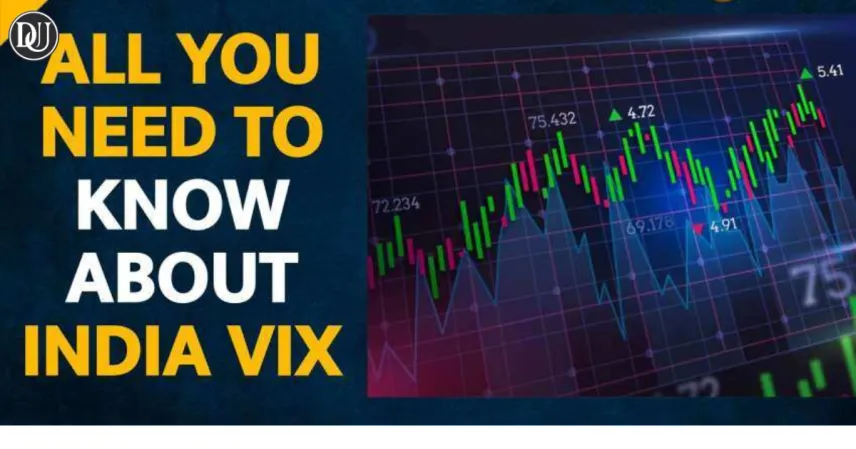Indian financial markets witnessed heightened turmoil on May 8, 2025, as India VIX surged significantly, reflecting investor anxiety over escalating tensions between India and Pakistan. The India VIX, which tracks market volatility, climbed over 11%, breaching the 20 mark, signaling a sharp uptick in near-term market uncertainty.
The sudden increase in India VIX was accompanied by declines in major stock indices. The BSE Sensex dropped by 354.36 points to 80,392.42, while the NSE Nifty fell by 150.40 points to close at 24,264. The spike in India VIX prompted cautious behavior among traders, with many pulling back from riskier assets.
![]()
Contributing to the spike in India VIX were reports of Indian drone operations targeting strategic sites within Pakistan. Allegedly, the Indian military carried out coordinated strikes on up to 10 locations, including the destruction of missile defense systems in cities like Lahore and Sialkot. In retaliation, Pakistan claimed it had intercepted several Indian drones, further escalating the conflict and fueling concerns in financial markets.
These geopolitical developments significantly influenced India VIX, which serves as a barometer of investor fear. The rise in India VIX also led to increased demand for safer investments, with government bond yields climbing and the Indian rupee weakening against the US dollar.
The rupee depreciated by 0.8%, settling at 85.59 against the dollar, while the yield on 10-year government bonds rose by over 7 basis points to 6.38%. These movements coincided with the surge in India VIX, reinforcing its role as a reflection of broader market sentiment during uncertain times.
![]()
Despite the elevated India VIX, analysts pointed out that Indian markets have shown resilience in previous episodes of geopolitical tension. While India VIX tends to rise during crises, markets often recover once a clearer picture emerges, provided economic fundamentals remain stable.
Technical indicators suggest that key support and resistance levels for the Nifty are at 24,200 and 24,500 respectively. A decisive move beyond these thresholds could indicate the market’s next direction, with India VIX playing a critical role in measuring investor mood during this volatile phase.
Strategists also caution that a sustained high India VIX could have implications for credit risk. Although India’s sovereign rating remains unchanged for now, prolonged geopolitical stress could strain investor confidence, especially if India VIX continues its upward trajectory.
![]()
In conclusion, the sharp rise in India VIX on May 8 serves as a stark reminder of how sensitive financial markets are to geopolitical developments. As uncertainty looms, India VIX is expected to remain elevated, guiding traders and institutional investors through turbulent times. Monitoring India VIX closely can help assess market sentiment and navigate investment strategies amidst growing regional instability.
Ultimately, India VIX is not just a technical metric—it reflects real-time risk perception and plays a vital role in shaping short-term and long-term investment decisions. As the geopolitical story unfolds, all eyes remain on India VIX and its signals for market direction and sentiment.










